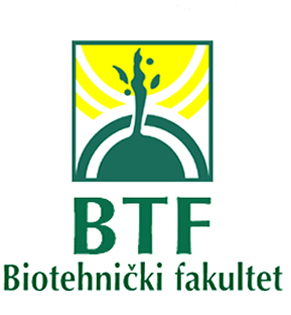| Volume : |
69 |
| Issue : |
2 (30.06.2023) |
| |
|
| Authors : |
Drago Marić |
| Title : |
CLIMATE CHANGE AND IMPLICATIONS ON THE ORNITHOFAUNA - CASE STUDY OF THE EURASIAN MAGPIE |
| Abstract : |
The aim of this study was to estimate the Eurasian Magpie (Pica pica) population and to give a detailed characterization of the nest site selection in the lower Zeta area. Data were collected in spring 2022. The findings of this study are compared to those obtained in other studies. A total of 73 active Magpie nests were censused in the River Zeta valley (lower part). One of the key factors is food availability. Breeding density, or nests, of Magpies in lower Zeta valley was 0.86 pairs/10 ha.
The results showed that the first nest building occurred at the end of February, but most pairs started in March. Nests were found in 23 trees and in two shrub species. Magpies build nests in strong and tall trees. Taller tree species were preferred to shorter ones and also broadleaved trees (ca 93%) were preferred to coniferous ones (over 40 % of all nests in 2 tree species but also over 60% of all nests in 5 tree species).The type of tree arrangement most frequently used for nesting was single trees (57.5%). The nests distance from the top of the canopy was 0.5 to 4.0 m, demonstrating the Magpie’s tendency to place their nests high in the very tops of trees in the rural areas. Distance of nests from the source of food (pigsty, hen house, cowshed, stable, barn, granary, etc.) was up to 50 m in 80.8% of nests. The study shows that Magpies can adapt to changing climate factors, and changes in the choice of introduction tree species help the Eurasian magpie to adapt to climatic and anthropogenic factors.
|
| For citation : |
Marić, D. (2023). Climate change and implications on the ornithofauna - case study of the Eurasian Magpie. Agriculture and Forestry, 69 (2): 45-57. doi:10.17707/AgricultForest.69.2.04 |
| Keywords : |
Magpie, Pica pica, nest-site selection, breeding density, nest height, rural environment |
| |
|
| download paper |

